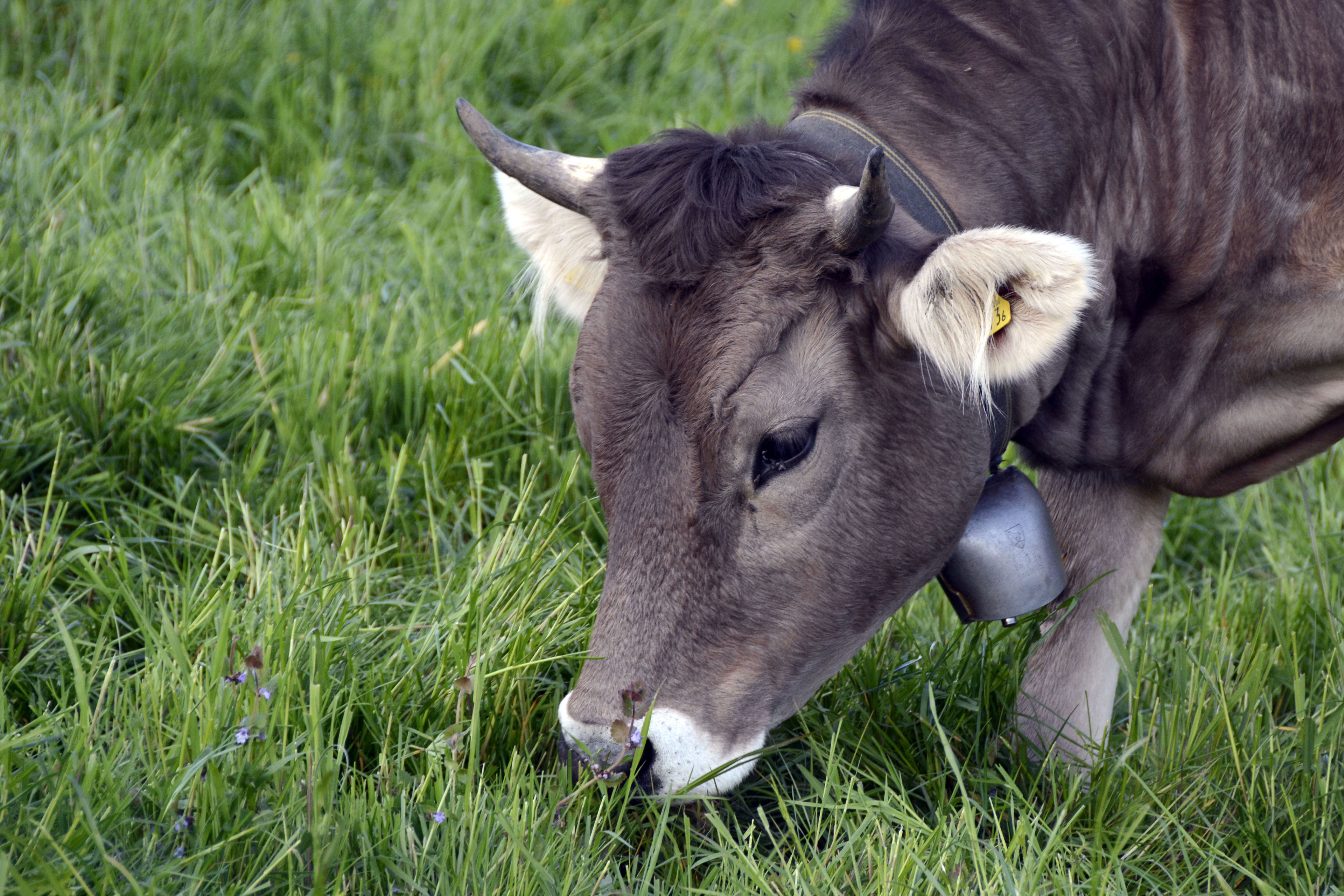The Blue Dare Milking Cow
Lacking the vast open plains of endless prairie grass, the farmers of the Tendertooth Hills in east Sayinia needed a hardy and more compact breed of cattle. The goat has always been popular as an efficient dairy animal and a poor man's cow, but the cultural image of cattle defining a sucessful landman was too strong, and they began to import and select for specimens that could fill this niche.
The most successful breed they found was the Devon, an island breed brought early to the continent. Their compact size and efficient use of forage made them excellent grazers in the foothills. The breed is known for its milk production, and the earnest farms flourished.
Color
The only problem with the Devon cow was its color. The breed is affectionately known as Red Rubies in its native lands, for its universally red color, with creamy white horns darkening to black tips. The color red is generally disfavored in eastern Sayinia, however, being associated with ill fortune or, in many folktales, with demons from beyond the mountains. Rather than the success and prosperity of the Devon weakening the cultural association with their color, as one might expect, the farmers chose to alter the cow to something more acceptable. Red, being recessive, tends to breed true, but they brought in breeding stock with dominant black coats. As predicted, the offspring fell black, and because of the dominant black characteristic, they were able to breed back to Devon stock immediately and keep the new, preferred color. Some of the imported stock carried dilute color, however, and soon their newly black breed was also producing dilute black calves. These did not breed over the black coat, of course, but they persisted in the lines, and today the new breed is known by this less common coat color, though the true black remains more common. Reds of course are still in the line and do appear, and these animals are considered of lesser value even if they still exhibit the other qualities for which the breed is prized.Cattle colors
This is what farmers may expect in their cattle breeding.
Code:
BB: homozygous black
Bb: heterozygous black (carries recessive red)
bb: red
DD: dominant coloring
Dd: carries dilute gene
dd: dilute
| BB | Bb | bb | DD | Dd | dd | |
|---|---|---|---|---|---|---|
| BB | black | black | black | black | black | black |
| Bb | black | 25% red | 50% red | black | 25% fawn | 50% fawn |
| bb | black | 50% red | red | black | 50% red, 50% fawn | fawn |
| DD | black | black | black | black | 25% blue | 25% blue |
| Dd | black | 25% fawn | 50% red, 50% fawn | black | 50% blue | 25% blue |
| dd | black | 50% fawn | fawn | 25% blue | 25% blue | blue |
Basic Information
Anatomy
This is a compact breed with a straight topline and medium-thick hair. The coat is often long and curly during the winter but is short and sleek in summer. They calve easily and are good mothers.
Additional Information
Uses, Products & Exploitation
Primarily milking, some beef, can also be trained as oxen. Leather.




Comments